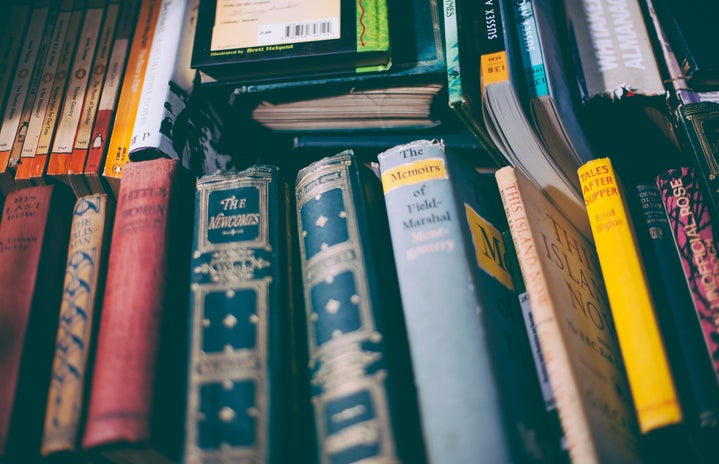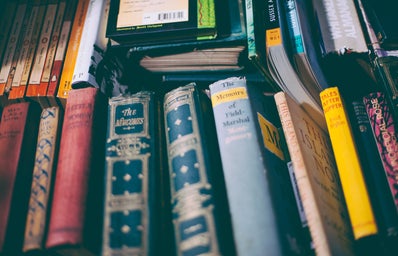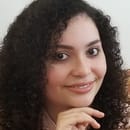On January 1st of 2024, J. M. Barrie’s novel Peter Pan; or the Boy Who Wouldn’t Grow Up entered the public domain. The previous year it was Virginia Woolf’s modernist novel, To the Lighthouse, along with Fritz Lang’s dystopian film, Metropolis. The year before that, it was the first published version of the beloved children’s novel, Winnie the Pooh. In 2021, The Great Gatsby joined the group.
So, what exactly is Public Domain?
Public Domain is content that is not protected by the US Copyright Laws. It can be used freely without permission or compensation from the creator. Meaning, since these works do not have an owner, they are free for anyone to use.
The University of Pittsburgh Library System states that there are five ways for a work to become part of the public domain:
- The copyright has expired.
- The Copyright failed to affix the required notice, meaning that the creator did not include the symbol © along with the required information
- The copyright owner failed to follow renewal rules.
- The copyright owner deliberately places the item in the Public Domain.
- Copyright law does not protect this kind of work.
And Copyright?
Copyright is a type of intellectual property that protects any original creation as soon as it is placed on a physical medium of expression. This can include paintings, photographs, drawings, computer programs, books and more. Intellectual property means, according to the National Institute of Health, an “original creation of the human intellect such as artistic, literary, technical, or scientific creation”. Copyright gives the owner of the creation exclusive rights to reproduce the work, sell copies of the work, perform the work and display it publically. Simply, in order for these works to be used, permission from the original creator must be requested.
Where can you find the works that have entered the Public Domain?
The digital library, Project Gutenberg, hosts a large amount of free ebooks. They also have several ways of downloading the books, including EPUB and HTML. Other websites make these works available, such as Internet Archive, The Library of Congress, and Wikimedia Commons.
The Center for the Study of the Public Domain from Duke Law publishes a list of all the books, movies and music compositions that are now entering the public domain on each Public Domain Day, which is every January 1st. The list for this year (2024) also includes works like the silent version of Disney’s films Steamboat Willie and Plane Crazy.
Why does Public Domain matter?
Free from the confines of copyright, creators have the liberty of creating new versions of old classics. After The Great Gatsby joined the public domain in 2021, a graphic novel of the story was published. A prologue of the novel has also come to life, it is titled Nick and it follows the life of Nick Caraway before he meets the famed Jay Gatsby. When the first version of Winnie the Pooh became a public domain, there was a surge of creative works produced, from a horror movie to a series of drawings made as a statement on deforestation. Having these works enter the public domain can inspire future generations to give their own spin on classic works and help others have a better understanding about the world that we live in.


